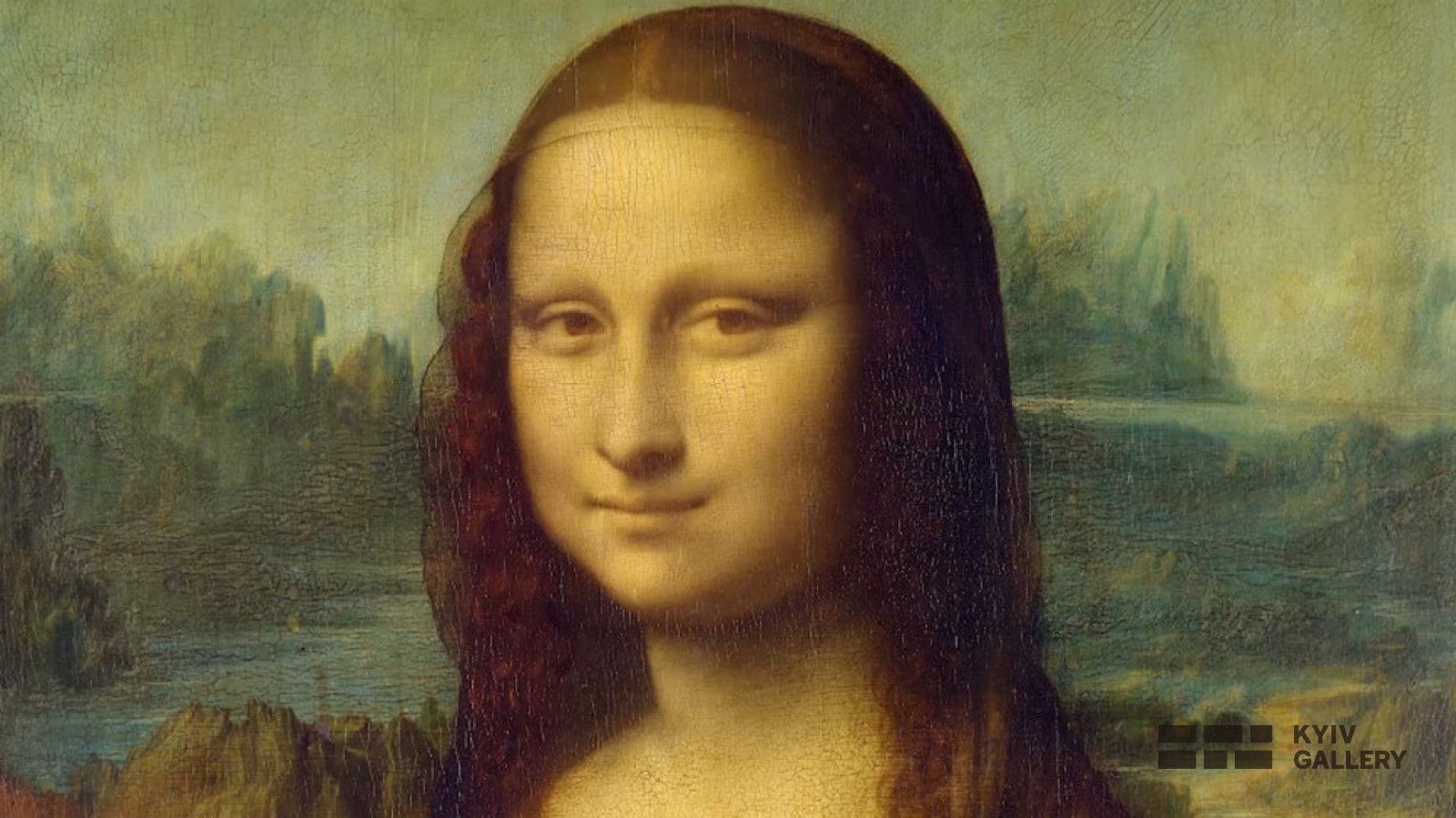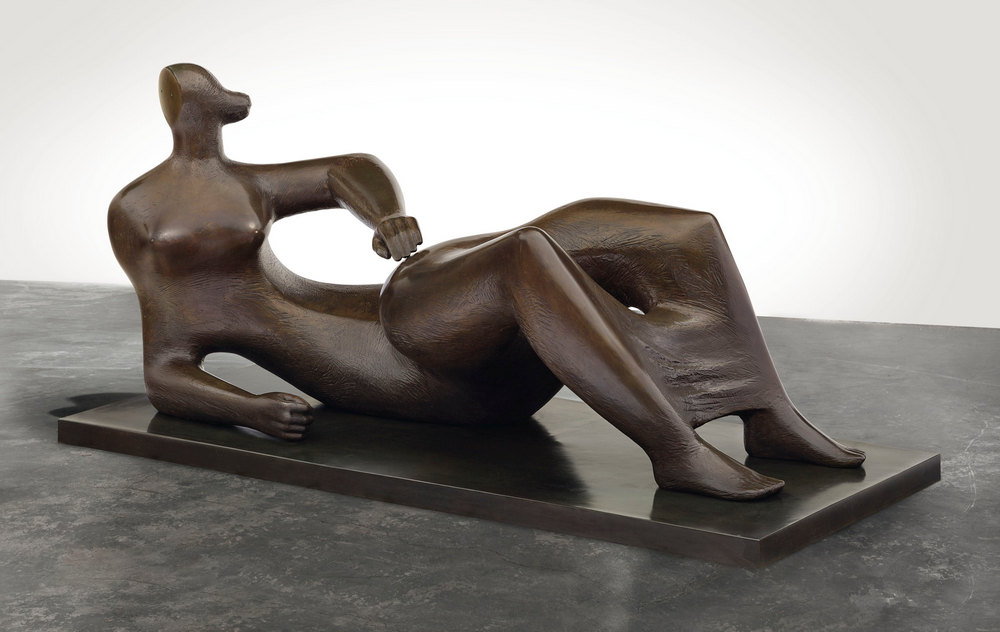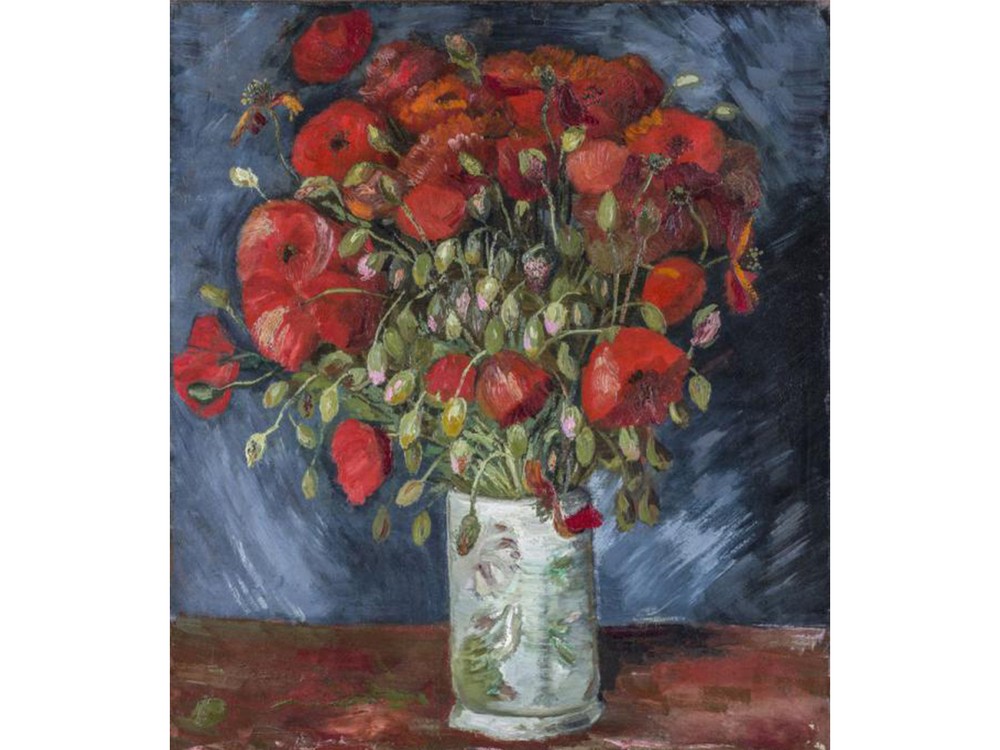

Tabloid reports about selling paintings for hundreds of millions of dollars in some readers arouse interest in art, in others - bewilderment, and in others - the desire to make a big score in the wrong way. But the robbery is not always done by professionals, so attempts to get masterpieces often end in curiosity and anecdotal situations. Below we will tell you about the most unusual thefts of works of art.
Noble thieves
Not a pretty familiar story of the theft of art objects in 2003 in Manchester. At night, unknown persons broke into the Whitworth Art Gallery and stole three paintings by Paul Gauguin, Pablo Picasso, and Vincent Van Gogh worth $ 5.5 million.

"Poppy field" Vincent Van Gogh. Photos © vincentvangogh.org
The works were not damaged and soon took their former places in the gallery. Soon the stolen paintings were found in a public toilet near the gallery, along with a note in which the kidnappers stated that the robbery was organized to demonstrate the shortcomings of the security system.
Size matters
Another attempt at daring robbery by amateur thieves was made in 2012. Then the thieves broke into the premises of the Stockholm Museum and took several paintings, including the work of the Swedish master of painting Carl Larsson "Chiaroscuro." The attackers carefully prepared the robbery but forgot to specify the size of the paintings. It turned out that the painting "Chiaroscuro" (about 1m by 1m) does not fit in the passenger compartment of a car. Apparently, in confusion, the robbers abandoned their original plan and left everything stolen: 2 more paintings were found in a garbage container nearby.
The guilty themselves
In 2012, in Rotterdam's Kunsthal Museum, a young man of Romanian descent, Radu Dogaru, less than 2 minutes removed and packed works by Monet, Picasso, Gauguin, Matisse, Haan and Freud worth about $ 200 million. The robber was careless, and his face was caught on CCTV cameras. After the arrest, the unfortunate thief even announced his intention to file a counterclaim against the museum, accusing the institution of having an excessively negligent attitude to security issues. But his attempts to pretend to be a victim were unsuccessful, and Radu and his accomplices went to jail. During the investigation, his mother stated in court that she initially kept the paintings in a suitcase buried in a cemetery in the village of Caracliu in Romania but later burned them in an oven. During the search in the ill-fated range, pigments and nails were found, the age of which coincides with the period of the paintings.
Sculpture or scrap metal?
In 2005 it became known about the theft of the bronze sculpture "Reclining Man" by Henry Moore in Hertfordshire, England. Surveillance cameras recorded how three unknown persons dismantled the statue within 10 minutes and, having loaded it on a car, disappeared in an unknown direction.

"Reclining figure" Henry Moore. Photos © christies.com
Over the following years, investigators unsuccessfully searched for the stolen sculpture. After four years, they suggested that, most likely, the attackers were interested not in the artwork itself but in the bronze. In this case, the robbers could get no more than a few thousand dollars for a block of metal weighing 2 tons. The cost of the bronze monument weighing 2 tons was estimated at $ 18 million. Fortunately, several versions of this sculpture are made in the style of surrealism, so the masterpiece is not entirely lost to world culture.
New friends of Ocean
The film about the adventures of Danny Ocean and his friends inspired four students from Kentucky to rob their university's library. Young people decided to steal several valuable books and John James Audubon's drawings. To do this, they even developed a cunning plan to disguise themselves as older men with false mustaches, but they managed to steal part of the plan only on the third attempt. At the same time, they could not take all the books out of the library because of the considerable weight of some of them. Still, they managed to neutralize the librarian, hide from the chase, and look for a buyer for their loot for several weeks.

"Pink Swallow, plate 321" John James Audubon. Photos © thisiscolossal.com
Eventually, the robbers decided to sell some of the books at Christie's auction, which put FBI agents on their trail. Unlike the fraudsters from the famous trilogy, the students were surprisingly carefree. Their identities were determined by the e-mail address they used to sign up for the library and the auction house. All members of the criminal group received seven years in prison.
Collection of stolen masterpieces worth 2 billion dollars
In 2001, in the Swiss museum in Lucerne, a guard recognized and detained a visitor involved in the theft of a musical instrument a few days earlier. Thus, the recidivist thief Stefan Breitwieser was caught, who already had 239 stolen art objects worth about $ 2 billion at that time. For six years, the attacker acted according to the same scheme: he came to cities and towns with museums, studied the shortcomings of their security system, and stole small art objects. In order not to arouse suspicion, for the period of the robbery, he got a job as a waiter in local cafes and restaurants. His girlfriend, Ann-Kathrin Kleinklaus, participated in some of the thefts, and the offender kept the loot in his mother's house. After the news of her son's arrest, she destroyed the evidence: she cut the paintings into small pieces and drowned figurines, musical instruments, and antique jewelry in the river. After the sad news about the fate of the works, an operation was conducted to rescue the surviving items. They remove the upper layers of river soil in the place of the drowning of art objects. As a result, about 100 workers were rescued, but the rest were considered lost forever. All accomplices in the crime were sentenced to 18 to 36 months in prison. After his release from prison, Breitweiser came to the attention of the police again in 2011 after the theft of 30 pieces of art.
A mistake for 50 million
In 2010, an unknown person managed to take out Van Gogh's still life "Poppies" from the Cairo Museum of Mohammed Mahmoud Khalil. The curiosity is that that day the institution was visited by only ten people, but this circumstance did not help the police get on the criminals' trail. As a result of the investigation, it was found that the security system was practically not working. Surprisingly, this painting was already stolen from the Cairo Museum in 1978, but it was returned. In addition, the museum administration received warnings about security problems after nine paintings of the Egyptian ruler of the XIX century, Muhammad Ibrahim Pasha, was stolen there a year before the described events.

"Poppies" Vincent van Gogh. Photos © smithsonianmag.com
Unfortunately, this time the criminal did not leave any clues, and the further fate of the masterpiece remains unknown. Problems with the security system cost the museum the painting worth $ 50 million.
The peace of the dog in the villa in Cannes
In November 1989, at a villa in Cannes, Marina Picasso, granddaughter of Pablo Picasso, was stolen 10 of the most valuable works of art from her collection. After examining the crime scene and interrogating witnesses, a security guard of the Jagen estate was among the suspects. During interrogation, he confessed that he had helped the criminals to steal works by Brueghel, Matisse, Picasso, and Rodin. The fact is that during the robbery, his dog, quite a formidable character, did not even bark. As a result of the investigation, the police found and returned to the rightful owner the masterpieces worth about 15 million euros.
Patriot thief
One of the most scandalous thefts in world art history took place in the Louvre. On August 22, 1911, the "Mona Lisa" by Leonardo da Vinci disappeared from the museum's wall, but the canvas's absence was noticed only a few hours later. The painting then did not have the current recognition, and its existence was known only to experts in art history. The absence of the canvas was first noticed by the visitor, the artist Louis Bud. At first, the museum staff did not believe that Da Vinci's creation was stolen and decided it was probably taken for photography. And only in the evening of the same day the police arrived at the scene. The investigation of the incident lasted for two years. Among the suspects were the artist Pablo Picasso and the poet Guillaume Apollinaire, who knew the actual value of the masterpiece. The latter even had to sit in jail for a while. The image of "Gioconda" regularly appeared on the front pages of newspapers with extensive comments on the artistic value of the canvas. The excitement around the painting led to the fact that even ordinary French people, far from the beauty world, enrolled in art history courses. Only the news about the sinking of the Titanic could overshadow the Mona Lisa's popularity on French newspapers' pages.
The thief was an employee of the Louvre, Italian Vincenzo Perugia. His name became known thanks to a letter to the director of the Uffizi Gallery in Florence, in which the young man offered to transfer the painting for a small reward, but only to the people of Italy. The director immediately contacted the police, and soon Perugia was arrested. During interrogation, the robber said that the primary motive for the theft was patriotic feelings: he wanted to return the painting to Italy after Napoleon illegally took it. As a result, the young man served about seven months behind bars, after which he managed to fight on the fronts of the First World War. The story with the painting made him a celebrity, so later, he became a very popular decorator. Thanks to this incident, "Gioconda" gained worldwide fame and became the personification of the Renaissance.
KyivGallery art critic
